#hagia sophia mosaics
Explore tagged Tumblr posts
Text
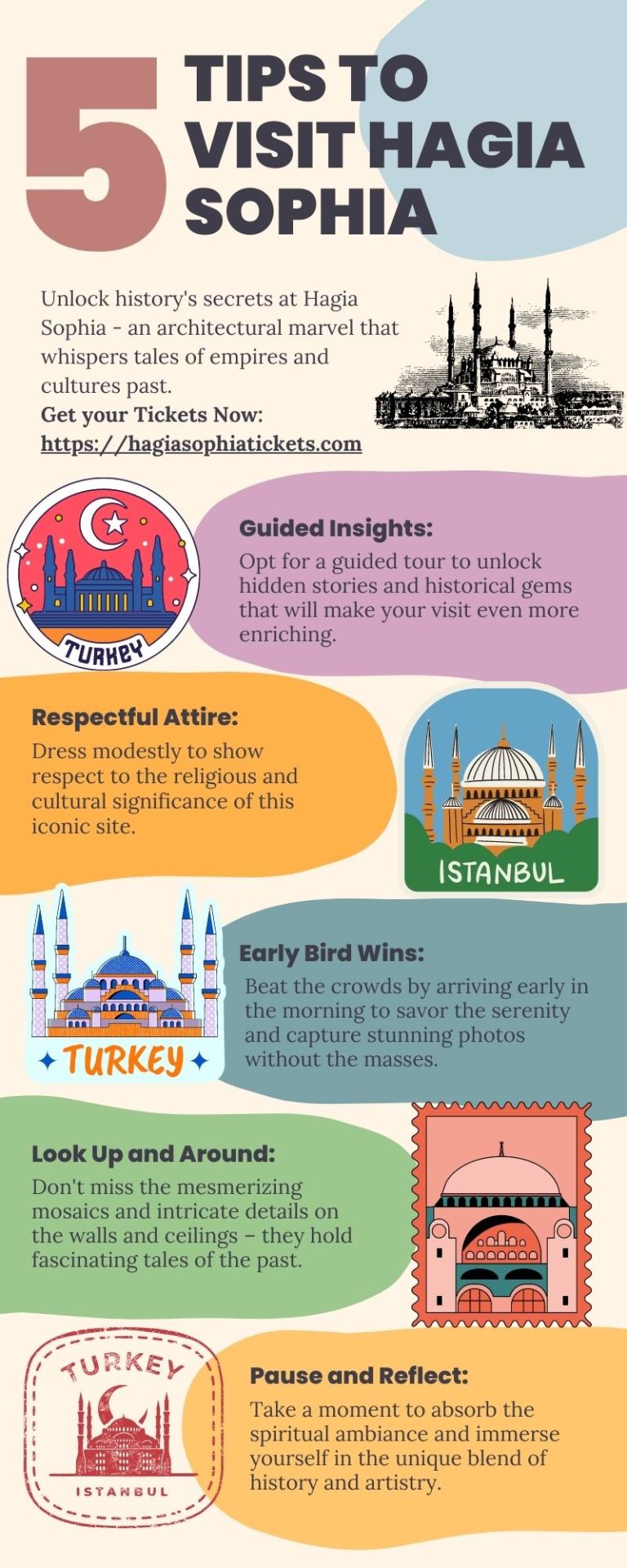
When visiting Hagia Sophia, consider these helpful tips to make the most of your experience. Firstly, plan your visit for weekdays, preferably Tuesdays to Thursdays, to avoid the weekend crowds. Arriving early in the morning shortly after the opening time allows for a more peaceful and immersive exploration of the monument. If possible, visit during the shoulder seasons of spring (April to May) or autumn (September to October) to avoid peak tourist numbers. Be mindful of local events and holidays to plan your trip around potential busy periods. Lastly, respect the cultural significance of Hagia Sophia, and dress modestly out of respect for its religious history and current status. Love Hagia Sophia! Learn about some amazing facts about Hagia Sophia here: 8 Amazing Historical Facts About Hagia Sophia
#travel#travel Istanbul#Hagia Sophia#Turkey#Hagia Sophia Mosque#Hagia Sophia Museum#Hagia Sophia Dome#Tips to visit Hagia Sophia#Explore Hagia Sophia#HagiaSophia#Hagia Sophia Church#Byzantine Art#Islamic Elements#Minarets#Hagia Sophia Mosaics#Istabul
2 notes
·
View notes
Text
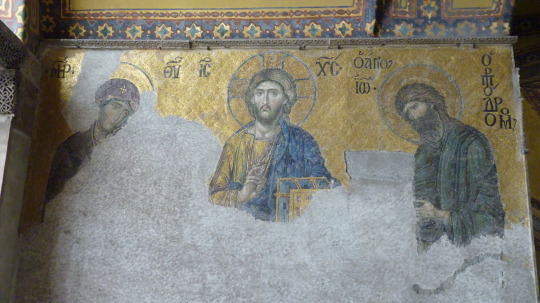
Today's Flickr photo with the most hits: the Deesis mosaic in Hagia Sophia. Virgin Mary, Christ, John the Baptist (x 2.5 life size) - late 12th CE.
189 notes
·
View notes
Text





6 notes
·
View notes
Text

Mosaic in Hagia Sophia, Istanbul, Turkey
7 notes
·
View notes
Text
@ekjohnston I think I would cry from the enormity of the moment.
downside: going to have to include a picture of the Giza pyramids in the slides for the lecture upside: i get to give people a crash course in why perspective matters in two frames, because
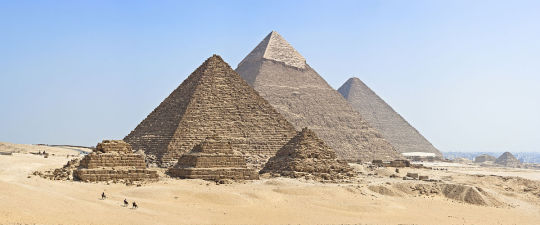
followed by
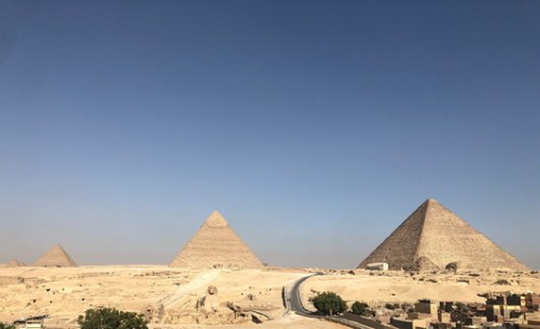
is such a funny sequence
#the history#the beauty#it would get me#I cried when I saw the mosaics in the Hagia Sophia#so… yeah#pyramids#egyptology#giza#Egypt
196K notes
·
View notes
Text
Mosaic of the Nikopoia in the Basilica of Hagia Sophia in Constantinople (Istanbul, Turkey), dated 867.
Mosaico de la Nikopoia en la basílica de Santa Sofía de Constantinopla, (Estambul, Turquía) datable en 867.
Mosaico della Nikopoia nella Basilica di Santa Sofia a Costantinopoli (Istanbul, Turchia), datato 867

(English / Español / Italiano)
Its inauguration in the Hagia Sophia took place on 29 March 867 during the patriarchate of Photius and the reigns of Michael III and Basil.
The mosaic of the Virgin Mary and the Divine Infant is the first mosaic from the period after iconoclasm (6th-9th century).
It has stood for centuries in the niche of the arch and is one of the most beautiful in St Sophia.
*****
Su inauguración en Santa Sofía tuvo lugar el 29 de marzo de 867, durante el patriarcado de Focio y los reinados de Miguel III y Basilio.
El mosaico de la Virgen María y el Divino Infante es el primer mosaico del periodo posterior a la iconoclasia (ss.VI - IX).
Ha permanecido durante siglos en el nicho del arco y es uno de los más bellos de Santa Sofía.
*****
La sua inaugurazione nella Basilica di Santa Sofia avvenne il 29 marzo 867 durante il patriarcato di Fozio e i regni di Michele III e Basilio.
Il mosaico della Vergine Maria e del Divino Infante è il primo mosaico del periodo successivo all'iconoclastia (ss.VI - IX).
Si trova da secoli nella nicchia dell'arco ed è uno dei più belli di Santa Sofia.
#edad media#middle ages#s.IX#9th century#arte bizantino#byzantine art#mosaic#mosaico#santa sofia#hagia sophia
1 note
·
View note
Text
Embark on a journey through time. All expanses paid.
You step into the time machine and dial in the year 1915 and the location of Istanbul, Turkey. As you emerge from the machine, you are greeted by the bustling sounds and smells of the city. The air is filled with the scent of spices, roasting lamb, and the smoke from countless tobacco pipes. The first thing that catches your eye is the towering Hagia Sophia, its massive dome and intricate mosaics…
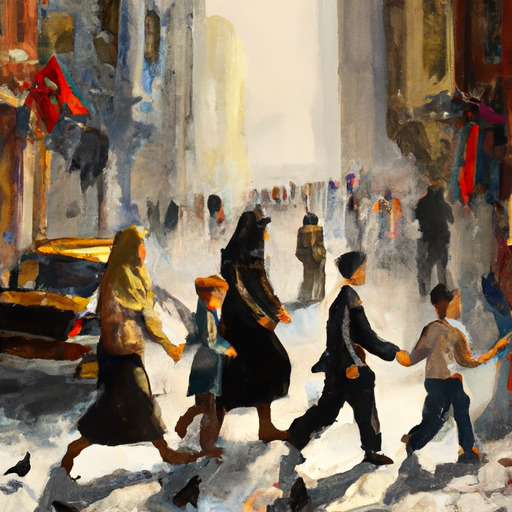
View On WordPress
#1915#architecture#culturalexperience#foreignlanguage#Hagia#History#Istanbul#mosaics#roastinglamb#sensoryoverload#silkscarves#spices#time#tobaccopipes#traditionaldress#travel#Turkey#wonder#machine#Sophia
0 notes
Text
Turkey is about to convert another Greek Orthodox church to a mosque in Istanbul. They have been doing it relentlessly with many churches in the country, the most well known example being Hagia Sophia of course. This time they are about to convert the Church of Chora, a 4th century monastery which is particularly notable for having some of the best preserved religious art, icons and mosaics of the Byzantine style. It is the prime example of the Paleologan renaissance of the 13th century which was critical for the post-Byzantine and modern Orthodox style as we know it nowadays. Of course all the monument’s masterpieces are going to be covered for the church to be converted into a mosque.
It should be noted that as a city of 15 million, it already has more than 3,000 mosques, yet the need to turn historical churches to mosques seems to feel most urgent to them for some reason. Surely the reason must not be that Istanbul feels threatened by the presence of the remaining 2,000 Constantinopolitan Greeks (aka those who survived the islamisation, the pogroms, the deportations, the death marches and the genocide 🙃). So what is this urgency about?
Taking into consideration that from the next year they are also adding the irredentist fabrication of “Blue Homeland” (since when are Turks indigenous to islands for them to have a blue homeland?!?!?! 😂😂😂) to their schoolbooks, aka Turkey’s claim to half of Greece’s territorial waters in the Aegean Sea and all the islands located in these waters, and because it is obvious to me that a country of 80+ million cannot possibly feel threatened by a country of 10 million, I conclude once again that Turkey is simply threatened by the very easy modern international access to historical sources. So you have to start the brainwashing and the hate speech from an as early age as possible and you have to erase all signs of an alternative view of history from your streets to fight all the contradictory facts that can be learned from international sources within seconds from your phone.
183 notes
·
View notes
Text
The Holy Quarter by Max Bedulenko - The Christ Pantocrator of the Deesis mosaic (13th-century) in Hagia Sophia (Istanbul, Turkey)
25 notes
·
View notes
Text

"The Son of God became man for our salvation but only in Mary and through Mary." - #SaintLouisdeMontfort
📷 The Virgin and Child Mosaic, Hagia Sophia / © anilakduygu via #GettyImages. #Catholic_Priest #CatholicPriestMedia #CanvaPro
11 notes
·
View notes
Note
WAIT WHAT she actually animates beyond the door even tho we can’t see her after we talk to her? I wonder if the devs had originally had her accessible for a time
SHE DOES! it's just a few seconds looking at each paintings, and you can see her through the focus if you stand close to the vault door, so she's very much there, and she's very much walking around.
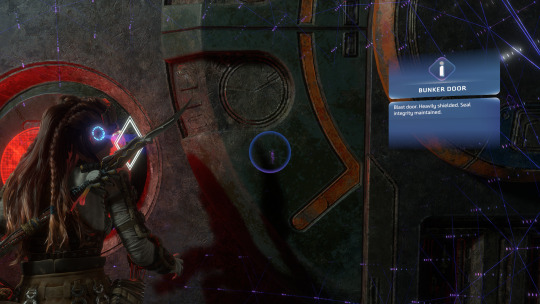

now since she doesn't have anywhere else to go (that we know of) I'm assuming she stays in the vault until Aloy brings Sylens "to heel" as she says. Thing is, you're not supposed to stay in an art vault for very long periods of time, because the air quality and humidity needs to be very exact for art to be preserved, the gasses in the air are not ideal for human lungs. When i visited a museum with my university, we were allowed entry to one of the storage vaults, to see how conservation works, and how art pieces are stored when not on display, and IIRC you're not supposed to stay there for more than... an hour, maybe 2 at a time? so that makes me curious as to how much of Tilda's body has been altered with the nano-tech the Zeniths have. (I haven't played burning shores yet, so i have no idea if more lore is revealed there, but my guess is that we learn a bit more about them)
Like the paintings were already really old when Tilda got her hands on them, the oldest piece being Lidded ewer, by Adam van Vianen, 1614, and the Aloy being born in 3021, that makes the piece at least 1427 years old by the time Aloy sees it, compared to it's 410 years today in our timeline. that is impressive conservation considering no-one was there to monitor the vault and it's content at all. like in comparison, art that is 1427 years old to us, is from 597 ad, that's when England adopted the Julian calendar, so wer're talking Byzantine art period, like the Hagia Sophia was built between 532-37 AD. and as a visual reference to what a lot of western art looked like around that time, here is a mosaic panel of Empress Theodora, from around the 540s, in the church of San Vitale in Ravenna.
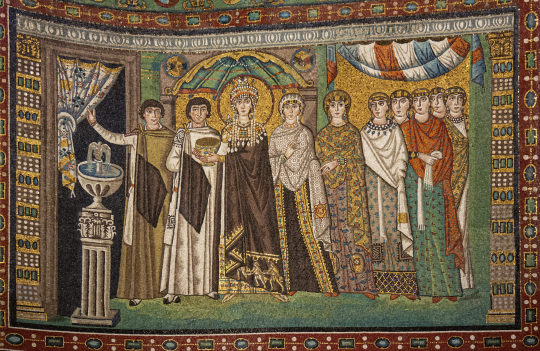
like this is the span of time we're talking about, this is so fucking old, and i just fhjdshafjkds have a lot of thoughts around that.
ofc we can assume that conservation tech was pretty evolved from what it is today, but i still believe human hands would have a large part in conservation... as an art-history student, i just have a lot of thoughts around Tilda and her vault FJKDSJLKF
#anon ask#tilda van der meer#babbling#Bram rambles about art history#horizon forbidden west#dont qoute me on the exact years i was in a hurry to reply to this cuz im getting ready for work
31 notes
·
View notes
Text

Blessed Mother Mary & Baby Jesus Mosaic
#Hagia Sophia#Holy Wisdom#Virgin Mary#Christ Child#Jesus Christ#Religious Art#Byzantium#Justinian#Constantinople#Church#Architecture#Art#Deesis#Mosaic#Ottoman#Mosque#Ayasofya#Museum#Istanbul#Turkey
11 notes
·
View notes
Text

Day 2303, 12 October 2024
Hagia Sophia Grand Mosque in Istanbul with mosaic and pool
8 notes
·
View notes
Text

@suburbanbeatnik OK SO:
As far as the “mixing up different historical eras” problem goes, this actually happens in a lot of different novels. Theodora by Samuel Edwards is the most blatant example I can think of at the moment—near the end of the book, a horde of Huns, inexplicably led by Khosrow, starts marching on Constantinople while Justinian is in his plague coma, and Theodora sells the crown jewels (I don’t believe the narrative specifies the buyer) to fund Belisarius and his troops, who are the city’s last defense. Khosrow is similar to Mehmed II, Theodora takes on the role of Anna of Savoy, and the overall political situation is implied to be very bad for Byzantium, with Constantinople on the brink of total failure and most of the empire's territory gone. (Like, there’s discussion of Justinian and Theodora meeting the invaders at the gates so they can die together, because they think the whole empire is collapsing.) The story does end with the Byzantines winning (using Greek fire, another anachronism), and Theodora gets her jewels back (I do not remember how), but yeah, the author completely blended two very different periods together. Different variants of this exact plot appear in different novels—a *lot* of books treat the 540s as politically similar to the 1200s or 1300s, and a *lot* of books have Theodora sell her crown for some reason or another, usually to fund the defense of the City or one of Justinian’s schemes. (One book–maybe one of the ones by Marié Heese? I can’t think of the title, sorry)—had her sell her jewels to fund the building of the Hagia Sophia. (She gets them back in that book, too—I think Narses literally just discovers an enormous stockpile of gold somewhere, and that fixes the financial problems.) And a lot of different books put Belisarius in a Heraclius or Basil-like role, although I’m less well-versed in Belisarius books than I am in Theodora books. (The Sarantine Mosaic by Guy Gavriel Kay definitely did this—the character of Leontes is pretty much Heraclius and Belisarius combined, while Valerius and Aliana are straightforward Justinian and Theodora equivalents, except for the fact Aliana is the equivalent of an iconodule rather than a Monophysite. But that gets a pass, imo, because it’s not pretending to be totally accurate.)
Religious inaccuracies and mixups are also really common overall, especially in older books. One Victorian-era book called Blue and Green, or the Gift of God: A Novel of Old Constantinople was very bad with this, presumably because the author was a British Protestant who made no secret of his disdain for the “pagan heathenism” of the Byzantine Empire. (His descriptions of religious ceremonies are very funny, because he describes them as, like, Christian ceremonies, if Christian ceremonies had strippers and drugs. The inciting incident of Theodora’s spiral into prostitution is her doing an erotic dance at a respectable, aristocratic wedding—not a bachelor party, an actual wedding—and this is presented as normal.) Really, you can probably just check out any Byzantine book from before, say, the 1980s on archive.org, and there’ll be weird religious anachronisms all over the place. Lots of authors bring iconoclasm or the East-West Schism (the one that happened in 1054) into the sixth century, I guess because those are more recognizable and dramatic than the Monophysite thing. Authors tend to put Justinian and Theodora on the opposite sides of these conflicts, and Theodora is usually on whatever side they consider “wrong,” which differs significantly from book to book depending on the author’s religious leanings.
Regarding the Theodora/Macedonia thing—Ross Laidlaw’s Justinian: The Sleepless One definitely did this (there were a couple of cringe sex scenes in this book—he always referred to Macedonia as “the other one,” I guess to avoid saying her name a bunch of times? It’d be like “Theodora felt the other one’s lips...” and so on. It sounded so strange.) Macedonia was Theodora’s main love interest—Theodora does marry Justinian, and she likes him well enough as a person, but she’s pretty explicitly gay and uninterested in men, and she has an affair with Macedonia until Macedonia dies in an earthquake. I believe Stella Duffy’s Actress, Empress, Whore duology also had Theodora and Macedonia hook up, but Duffy’s sex scenes were less fetishistic and cringeworthy, and their relationship didn’t last for the entirety of the novel. Theodora having sex (or sexually charged interactions) with Antonina, Macedonia and her other female friends is reasonably common in shitty Theodora novels in general, but it’s never, like, a plot point. It’s just an excuse for the author to write about attractive young women getting it on in the Roman baths, or whatever other fetish-y nonsense piques his interest.
These points aren’t even the weirdest things about most of these books, though. I should just sit down one day and do a full post about all of the absurd things that happen in Justinian and Theodora stories, because shit gets real weird in most of them. Messy historical anachronisms and fetish-y male-gaze lesbian sex scenes are nowhere near the strangest aspects of some of these books—remind me, one day, to talk about all of the Penis Diseases these authors invent to explain away Justinian and Theodora's infertility.
#penis disease segments#sexy Amalasuintha murder scenes#cringe Narses/Belisarius/Justinian/Theodora/Antonina love dodecahedrons#Evil Comito Bullshit#some of them give Theodora a fictional evil stepmother and stepsisters so she can be Cinderella#it's wild out there
26 notes
·
View notes
Text


Built in 537 AD, the Hagia Sophia was the world's largest church for a thousand years... When the Roman Empire shifted its capital from Rome to Constantinople, it needed a monumental centerpiece.
"O Solomon, I have surpassed thee!", cried Emperor Justinian upon completion.

But it hadn’t been a church for centuries. After the Ottomans took Constantinople in 1453, it spent 5 centuries as a mosque before becoming a museum.
Eastern Christianity's ancient wonder, was more recently converted to a mosque in July 2020. A few months later, its symbolic replacement was completed in Serbia, modeled on the majestic dome of the original.

Now, it has been revived in Serbia. But why Serbia?
Like the Hagia Sophia, Serbia too fell under Ottoman occupation in the 1400s. It was the start of several punishing centuries for Serbian Christians, during which the Ottomans cruelly burned the body of Saint Sava, the father of Serbian Orthodoxy.


Once free of Ottoman rule in 1878, plans hatched to rekindle Serbian national identity with a new church in Sava's name. Similar projects were happening across the newly-independent Balkan states, like Bulgaria's Alexander Nevsky Cathedral:

the interior mosaics are the real wonder. They took years longer to finish and cost as much as the structure itself did to build. It's the world's largest mosaic composition, with over 50 million pieces.

The ensemble had to wrap Serbian saints in with the universal Christian story, across 161,000 square feet of curved surface — without being distorted when viewed from the ground.
Culminating in the central dome's icon of Christ's Ascension — this mosaic alone weighs 11 tons.
"Weaving in millions of glittering pieces into one single message of brotherhood and solidarity".

9 notes
·
View notes
Text
Day 19 - 24 September - Thessaloniki
Woke up quite early due to the fact that we are now an hour earlier that we were before. I nipped out and got some coffee from a shop and wrote my diary from the day before. I then went out and looked at 5 of the 15 or so churches in the city that are Unesco world heritage sights. They are all Byzantine churches that had been turned into mosques by the Ottomans when they took over Selonica as it was called in the 15th century. They were subsequently turned back into churches when the city became part of Greece in 1912, which seems fair enough. I did see an old Ottoman bath house that looks pretty dilapidated and the google reviews all spoke about how much of a shame it is that the ottoman history is not being looked after by the government.
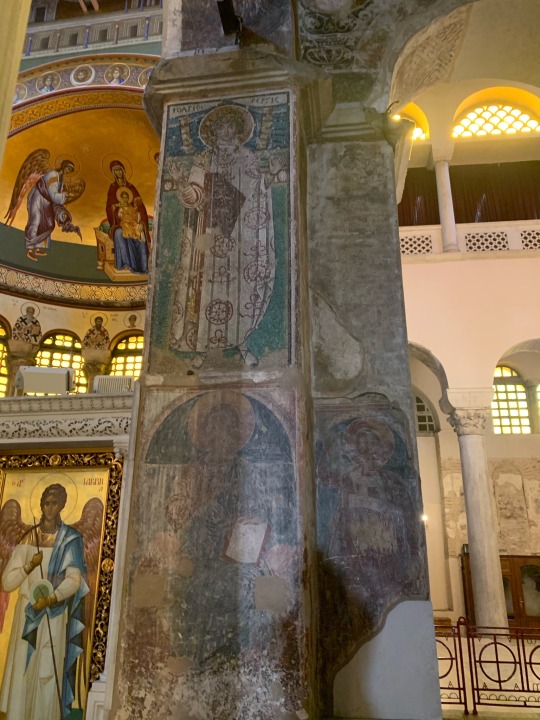
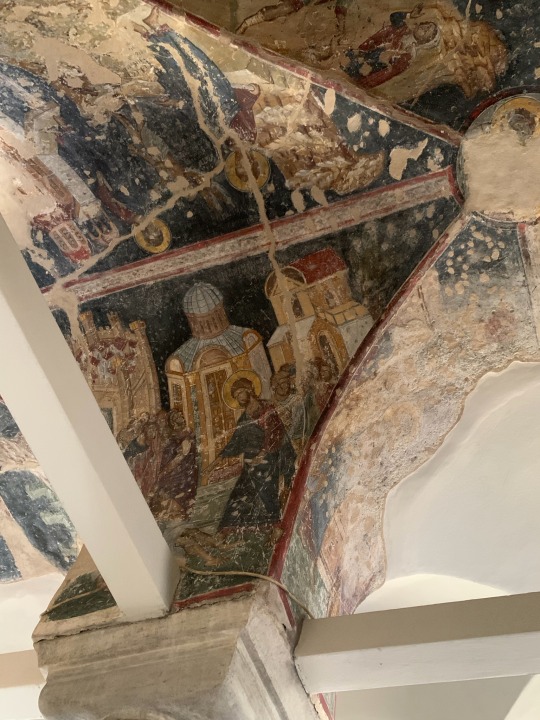
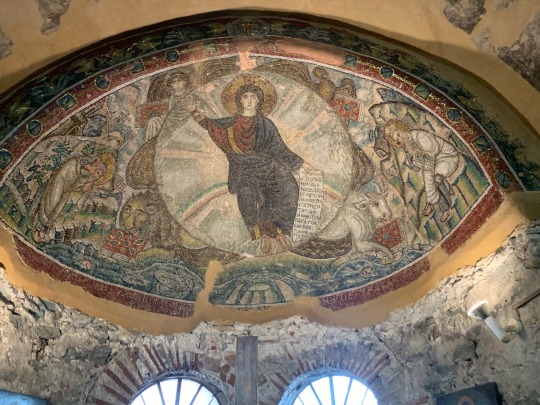


I then met Nin and we had an espresso fredo (Briki on Exmouth Market do these and I highly recommend them!) in this nice cafe and then went to the Jewish museum.
Selonica had at one point, the largest Jewish population in Europe, many of whom ere Sephardic Jews who had settled and thrived in the city under the Ottomans after their expulsion from Spain. Almost the whole population was killed when the occupying German forces transported them to the extermination camps in Poland. They had a room which had the names of the people confirmed killed which was incredibly stark. The gallery of Srebrenica had something similar with photos of the confirmed dead (a much smaller number compared with here) each of those people was a person with a life, a family, friends, interests, and when you hear deaths in numbers that is often lost. I think we as a society have a problem being able to communicate and conceptualise the scale of the violence that has happened in the last hundred and twenty years, and that the impact of it remains to this day in our politics and in our society.
The city, despite being in the Ottoman Empire for so long has almost no Muslim population after the forced population swaps in the early 1920s. Lots of the 1m Greek who moved from Anatolia and Thrace we settled here as well as in Attica. At the time of the Armenian Genocide that took place at then end of WW1 there were large numbers of killings of Christian Greeks and Assyrians which continued following the Greco/Turkish war in 1919-22. Which considering the multiculturalism of the Ottoman Empire, the fact that people who would have lived in an area for hundreds maybe even thousands of years then have to move to another country just because of their religion or language, is one of the great tragedies of the nationalism of the early 20th Century (and beyond).
After the museum, we went to the seafront and walked along it. We were originally going to go to this Feta bar we had read about but in the end we went for a giros which was absolutely delish (as I write this I have only had food in a wrap in this city. We then walked to the Hagia Sophia (church no.6) and looked around. We were going to go to the Rotunda church but that was closed on Tuesdays (as are lots of things it seems).
We then walked back to our flat and chilled out for a bit and then went to the bar on our corner for a drink. We had a strange situation where the dogs of a guy sat beside us bit the owner of a shop next door and no one really seemed to bat an eyelid.
The weather is really nice, not too hot but still quite sunny. We then went to a shop and bought food for dinner. After that I read till I went to bed.
Where we ate - Derlicatesen all Souvlaki, at home
What we liked - Both were very good loved the souvlaki
Day 19 - 24 September - Thessaloniki
Woke up and went on a run to the bus station in order to buy our ticket to Alexandropoli tomorrow. We then took a bus back into the town and had our first fredo coffee of the day (fredo-cappucino), we then went to apartment and got ready for the day. We went to the do a quick-fire blitz of churches before lunch. They really were stunning, with fragments of frescos and mosaics. One of the places we went to was the rotunda which was pretty amazing.
We then went to a place that had been recommended in an article which we weren’t enamoured by and the food was a bit cold. After that walked along the water and moved toward the Byzantine museum, it was very hot so we tried to stay in the shade and were very happy when we went into the building and it was very cool. The museum was very interesting and informative, it had lots of mosaics and frescos as well as lots of stone headstones and pillars etc.


After that we had a very nice coke and water in a cafe outside another museum which was needed as we were thirsty and it was very refreshing (as it was still pretty hot). We then walked up towards the flat. On the way I bought a hat, which was good because I had been looking to buy a hat for a while because the one I have is not very nice (although it is very useful and washable). We had another coffee and went back to the flat and chilled out for a bit.


We then got up again and went up to the top of the hill behind us where some of the old walls are. There was a lovely view over the whole town which was great. After that we went to a tavern called Iggis which we had heard from the same article, which was actually delish, it was in a nice setting and we had some great food and some lovely wine. After that we walked back to the flat and chilled out.

Where we ate - Local, Iggis
What we liked - Local - not very good, quite expensive an disappointing, Iggis - really nice, we had a some white tarama, and fava beans, as well as a salad of wilted spinach leaves with mint and lemon which was lovely. I then had a beef and smokey aubergine dish and Nin had a great pork neck grilled, there were great chips too!
2 notes
·
View notes